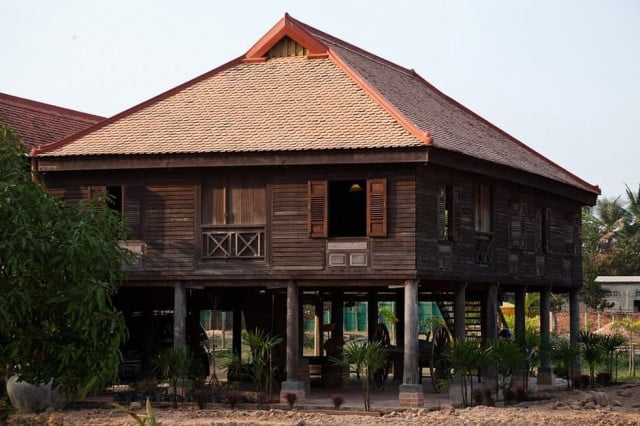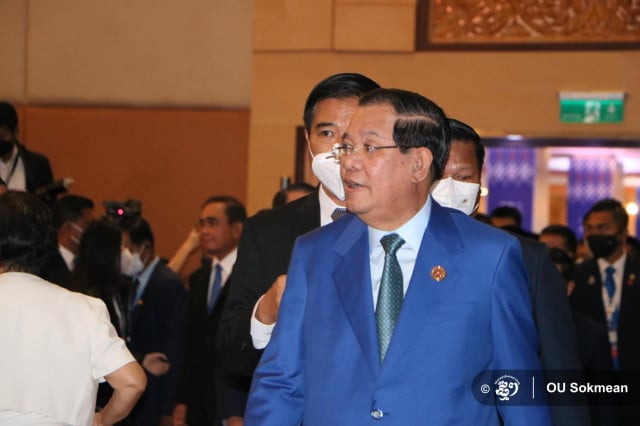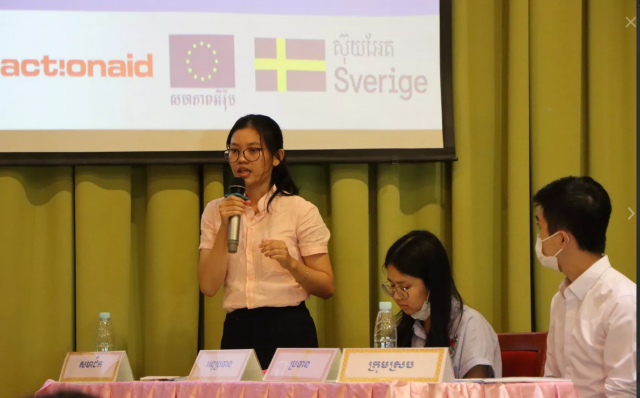More Accommodation Businesses Embrace Khmer Traditional Design

- By Choeun Sreynoy
- and Ky Chamna
- February 6, 2022 3:32 PM
Adopting traditional design can both preserve Khmer architecture and attract tourists
PHNOM PENH--Hospitality experts and students in architecture want tourism accommodation owners to further promote the Khmer traditional housing design in the industry.
The architectural philosophy of tourism accommodation reflects both the tourism context and culture. And the old-fashioned taste of living may also attract more tourists and maintain the heritage of the Khmer architectural style.
The president of the Cambodia Hotel Association and the founder of Phka Trokoun Village, Din Somethearith, said that adding traditional design to housing buildings can magnetize more tourists.
However, he argued that constructors should also be creative in their design while ensuring no harm to natural resources.
“I love old houses and old kinds of stuff. That is why I take those things and improvise them. I take the thrown-away woods and transform them into tables, bridges, or even restaurants”, said Somethearith.
“It is not always necessary to use expensive materials. They can purchase these things from old warehouses.”
However, there is, of course, no constrain toward one’s love of design. Somethearith continued that accommodation owners and tourists have the right to choose as Cambodia has a free economy.
“If the guests prefer modernity, they will choose hotels. If the guests prefer an individual house, they can choose the traditional ones. The house owners can also build their accommodation based on their personal preference as well,” he added.
Chenda Clais, the owner of Terres Rouges Lodge in Ratanakiri Province, which lies about 600 km northeast of the capital city of Phnom Penh, also embraces the traditional design.
“Houses with traditional Khmer culture may lure more tourists and help promote the tourism with a rural taste,” said Chenda. “This kind of design can offer the distinct signature of the local villages of that region or province.”
Yet, constructing Khmer traditional houses may heavily involve the use of timber, and this can provoke concern over deforestation--a serious issue facing many parts of the world. To address this challenge, Chenda offered pieces of advice to the traditional accommodation owners to utilize fewer precious woods as old bamboos and rattan materials can also more or less perform the same function.
Rith Dany, a graduate student in architecture, wants to see the contribution from the traditional accommodation owners to helping embrace the Khmer architectural design and spread the Khmer identity further.
“I think it helps promote the Khmer architecture as domestic and foreign tourists stay at those resorts. If we try to squeeze in the Khmer design into those tourism destinations, more and more people will get to know our civilization and culture,” said Dany.















